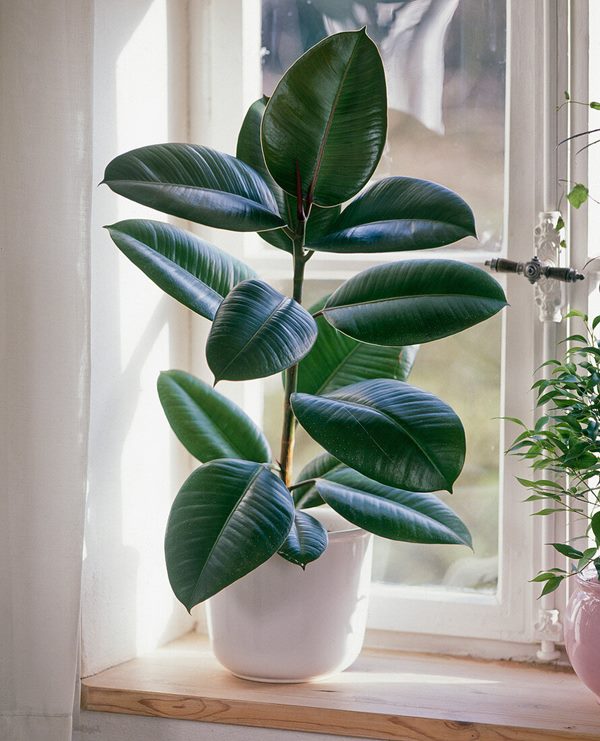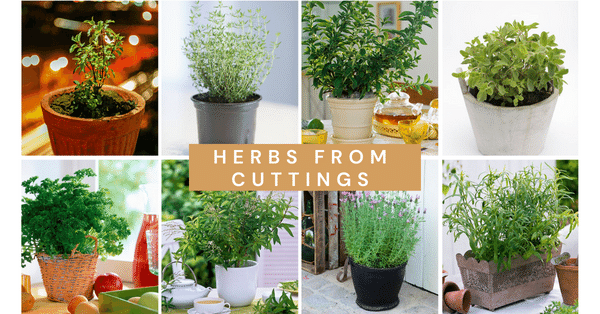Ficus Elastica Robusta Care: Your Guide to Thriving Rubber Plants
Immerse yourself in the beauty of glossy leaves and the air-purifying prowess of Ficus Elastica Robusta. With this Ficus elastica robusta care guide it’ll not only survive but thrives in your living space.

Botanical Name: Ficus elastica ‘robusta’
Common Names: Rubber plant, Rubber tree, Indian rubber plant, elastic ficus
Ficus robusta is a popular choice among indoor plant enthusiasts due to its attractive foliage and relatively easy care requirements. The lush, glossy leaves can add a touch of greenery and elegance to any room. In addition to that rubber plant also removes pollutants (formaldehyde) from the surrounding air, as per NASA clean air study. In nature, it grows to a gigantic height of 60 m but indoors in pots it grows only couple of meters tall. Like all houseplants, Ficus elastica robusta thrives best when provided with proper care. In this comprehensive guide, we’ll dive into the specifics of caring for this beautiful plant, ensuring it flourishes in your home.
How to Grow and Care for Ficus Robusta

Provide ficus robusta with bright, indirect light, and avoid exposing it to direct sunlight, which can scorch its leaves. Keep the soil consistently moist but not waterlogged, allowing the top inch or two to dry out between waterings. Regularly dust the leaves to keep them clean and free from dust, which can inhibit their ability to photosynthesize. Fertilize your Ficus Robusta during the growing season (spring and summer) to promote lush foliage.
Also Read: Ficus Elastica Tineke Care
Propagation
You can propagate rubber plant from both stem cuttings and air layering. Among which propagation from cutting is the most common and easiest way to propagate rubber plant.
Light Requirements
Ficus elastica robusta prefers bright, indirect light. Place your plant near a window with filtered sunlight, but avoid direct exposure to harsh, midday sun, which can scorch the leaves. If your rubber plant doesn’t receive enough light, it may become leggy and lose its vibrant green color.
Soil
Opt for a well-draining potting mix that includes peat or a peat alternative for moisture retention. Adding perlite or vermiculite will ensure proper drainage, preventing root rot. Aim for a slightly acidic to neutral pH range of 6.0 to 7.0, and remember to repot when necessary to maintain soil quality. By potting rubber plant in well-draining soil you prevent waterlogged roots, which can lead to root rot.
Watering
One of the most crucial aspects of rubber plant care is proper watering. These plants like their soil to be consistently moist but not waterlogged. Here are some watering tips:
- Water Moderately: During the growing season (spring and summer), water your Ficus elastica robusta when the top inch of the soil feels dry to the touch. This might mean watering every 1-2 weeks.
- Reduce Watering in Winter: In the dormant season (fall and winter), allow the soil to dry out a bit more between waterings. This can be as infrequent as every 3-4 weeks.
- Use Room Temperature Water: Use water that is at room temperature and avoid shocking the plant with cold water.
Humidity
Ficus elastica robusta thrives in normal to higher humidity levels. While it can tolerate average indoor humidity, providing extra moisture will encourage healthy growth. Here are some ways to increase humidity:
- Misting: Regularly mist the leaves with room-temperature water to raise the humidity around the plant.
- Humidifier: Place a humidifier near your rubber plant or use a humidity tray filled with water and pebbles to create a more humid microclimate.
Temperature
These plants prefer normal room temperatures between 60°F to 75°F (16°C to 24°C). Avoid exposing them to cold drafts, sudden temperature fluctuations, or cold temperatures below 50°F (10°C).
Ficus Elastica Robusta Care

Pruning and Maintenance
Rubber plant has a habit of growing straight up so it’s important to cut back the growing tip coming out from the top to keep it at a desired height. Pruning helps maintain its size, shape and encourages bushier growth. Here’s how to do it:
- Remove Dead or Yellowing Leaves: Regularly remove any dead or yellowing leaves to keep the plant looking healthy.
- Trim for Shape: If your rubber plant becomes too leggy, prune back the taller stems to encourage a more compact appearance.
NOTE: Make sure to wear gloves when pruning as the sap from ficus robusta can cause skin irritation.
Support
As the Ficus elastica Robusta grows, it may benefit from staking or some form of support to help it maintain an upright shape.
Fertilizing
During the growing season (spring and summer), feed your Ficus elastica robusta with a balanced, water-soluble fertilizer every 4-6 weeks. In the dormant season, you can reduce or stop fertilizing as the plant’s growth slows down.
Cleaning Leaves
You’ll be surprised by the amount of dust indoor which ultimately collects over the foliage over time. Simply wipe down the foliage with clean wet cloth to remove the accumulated dust. Not only will it unclog the pores but will also bring back the lost shine of the foliage.
Repotting
Rubber plants are slow growers, so they don’t need frequent repotting. Repot your Ficus elastica robusta every 2-3 years or when it becomes root-bound. Choose a pot that’s two sizes larger than the current one and refresh the soil mix
Pests and Diseases
Keep an eye out for common houseplant pests like whiteflies, mealybugs and spider mites especially on the undersides of the leaves. If you notice any infestations, treat them promptly with insecticidal soap or neem oil. Ensure good air circulation around the plant to prevent fungal issues. Root rot can cause the leaves to drop off, check the roots for any black discoloration or rotten smell. Prune back the affected parts of roots if there is any rot and plant into fresh potting mix.
Toxicity
The milky sap of rubber plant is toxic to pets and humans alike. It can cause skin irritation and stomach upset if consumed, so keep it out of reach from pets and children.
Conclusion
Ficus elastica robusta care doesn’t have to be complicated. By providing the right balance of light, water, and humidity, along with occasional pruning and maintenance, you can enjoy a thriving rubber plant that enhances the beauty of your home. With a little attention to detail, your Ficus elastica robusta can grow into a stunning and healthy addition to your indoor plant collection. Happy gardening!





